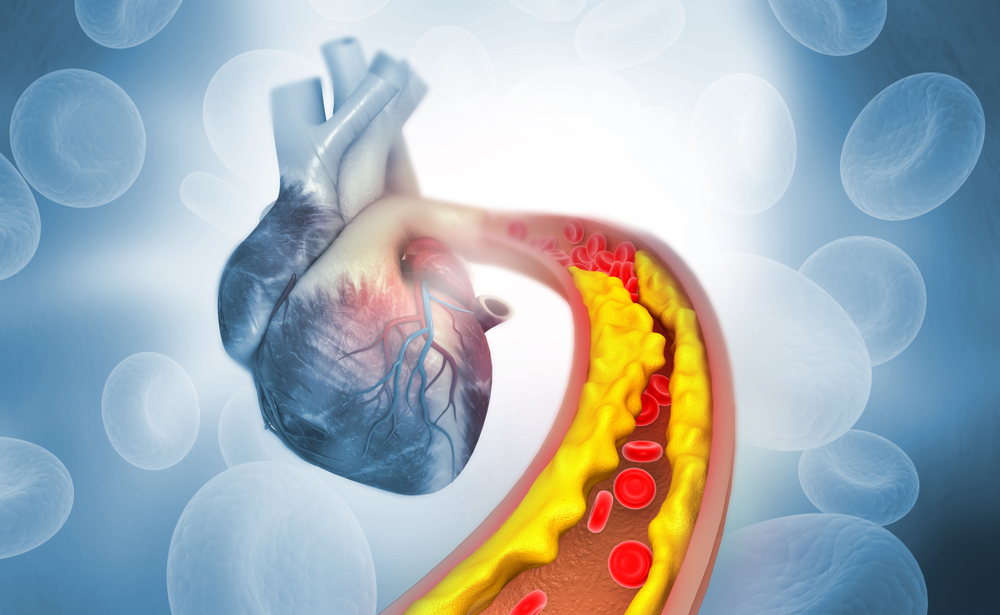
Summary
What is HDL-cholesterol?
High-density lipoprotein (HDL) cholesterol is often termed ‘good’ cholesterol because it is known that people who have higher levels of HDL-cholesterol have a lower risk of heart disease and stroke.
HDL-cholesterol picks up excess cholesterol from tissues and artery walls and carries it back to the liver for disposal (called reverse cholesterol transport). By removing cholesterol from artery walls, HDL helps to reduce the buildup of plaque. However, the degree to which it does this is unclear.
There is no normal or ideal HDL-cholesterol level. Instead, guidelines recommend that an individual approach should be taken in assessing someone’s risk of heart disease or stroke which is based on their personal test results and health history.
HDL-cholesterol is part of the Lipid Profile group of tests which measures different types of cholesterol together with triglycerides. The lipid profile test is used to predict your risk of developing cardiovascular diseases (CVD) such as heart disease and stroke in the next 5 or 10 years.
Your results will be considered along with other CVD risk factors such as high blood pressure, obesity, diabetes and smoking.
Why get tested?
HDL-cholesterol is usually requested together with tests for other forms of cholesterol or as part of the lipid profile, which is recommended as routine tests to assess your risk of CVD. For more information see Lipid Profile.
Having the test
Sample
Blood.
Any preparation?
Fasting lipid testing and random lipid testing are two approaches to measuring lipid levels in your blood:
Your results
Reading your test report
Your results will be presented along with those of your other tests on the same form. You will see separate columns or lines for each of these tests. If your results are higher than they should be, a second blood sample should be taken on a separate occasion before a definitive diagnosis is made, as levels may vary between tests.
For a table of the results of cholesterol and triglycerides tests see Lipid Profile.
In general, a high HDL-cholesterol is better than low HDL-cholesterol. A healthy HDL-cholesterol level is more than 1 mmol/L. However, your HDL-cholesterol should be interpreted in the context of the overall findings from the lipid profile and in consultation with your doctor considering other risk factors for heart disease.
The laboratory performing your tests will flag your results for further scrutiny if your HDL-cholesterol level is 1 mmol/L or lower.
Treatment to lower your low-density lipoprotein (LDL) cholesterol, known as “bad” cholesterol, is considered more beneficial than treatment to increase your HDL-cholesterol levels.
The combination of HDL-cholesterol and total cholesterol results is needed to provide both a calculated LDL-cholesterol result and a cardiovascular risk estimate using the AusCVDRisk. This is a calculation commonly used to estimate someone’s 5-year cardiovascular risk.
Conditions that can affect your HDL-cholesterol levels
Questions to ask your doctor
The choice of tests your doctor makes will be based on your medical history and symptoms. It is important that you tell them everything you think might help.
You play a central role in making sure your test results are accurate. Do everything you can to make sure the information you provide is correct and follow instructions closely.
Talk to your doctor about any medications you are taking. Find out if you need to fast or stop any particular foods, medications or supplements. These may affect your results. Ask:
More information
Pathology and diagnostic imaging reports can be added to your My Health Record.
You and your healthcare provider can now access your results whenever and wherever needed. Get further trustworthy health information and advice from healthdirect.
What is Pathology Tests Explained?
Pathology Tests Explained (PTEx) is a not-for profit group managed by a consortium of Australasian medical and scientific organisations.
With up-to-date, evidence-based information about pathology tests it is a leading trusted source for consumers.
Information is prepared and reviewed by practising pathologists and scientists and is entirely free of any commercial influence.